Customer Company Size
Large Corporate
Region
- Europe
Country
- Germany
Product
- Camunda BPM
Tech Stack
- Java
- Liferay
Implementation Scale
- Enterprise-wide Deployment
Impact Metrics
- Productivity Improvements
- Cost Savings
Technology Category
- Application Infrastructure & Middleware - API Integration & Management
Applicable Industries
- Railway & Metro
Applicable Functions
- Business Operation
Use Cases
- Process Control & Optimization
Services
- Software Design & Engineering Services
About The Customer
Deutsche Bahn is one of the largest transport and logistics companies in the world. Its most important partner for ICT solutions is DB Systel. DB Systel employs 3,400 people who plan, develop and operate approximately 600 productive IT applications throughout the entire Deutsche Bahn group. The central point of contact in all nature protection issues for Deutsche Bahn ignited the inception of the “specialized information system conservation and compensation” (FINK) in 2013. In order to account for the needs of many internal and external stakeholders, DB Systel consulted external experts.
The Challenge
Deutsche Bahn, one of the largest transport and logistics companies in the world, was facing a challenge with its document-heavy process of providing reports on compensation obligations to the federal railway authority and other national authorities. This process was manually controlled and involved employees of various Deutsche Bahn subsidiaries as well as external consultants. The aim of the project was to shorten processing times and establish a uniform group-wide approach, including compensation commitments. The requirements for the project evolved during development, necessitating an agile approach.
The Solution
DB Systel, in collaboration with Ancud IT and econauten, implemented Camunda BPM for the realization of the project. The project was characterized as an innovation project and the team opted for an agile approach. Camunda BPM was chosen because it works consistently with BPMN 2.0, making it easy to create executable process models. The licensing model of Camunda, which is open source, was also a deciding factor. The team was supported by Camunda in making difficult decisions, contributing significantly to the success of the project.
Operational Impact
Quantitative Benefit

Case Study missing?
Start adding your own!
Register with your work email and create a new case study profile for your business.
Related Case Studies.
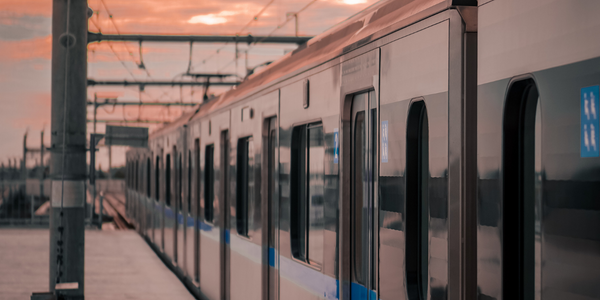
Case Study
Building Smart IoT-Connected Railways
• Difficult environment. Communications equipment on trains must function properly in harsh conditions, such as environment temperatures ranging from -25°C to +85°C, according to the EU standard EN50155.• Railway regulations. All products in a train must adhere to strict standards, relating to working vibration, power consumption, and lifetime.• Lengthy process. Time to market in the railway industry can take years from concept to mass production, so product design requires a solid long term vision.
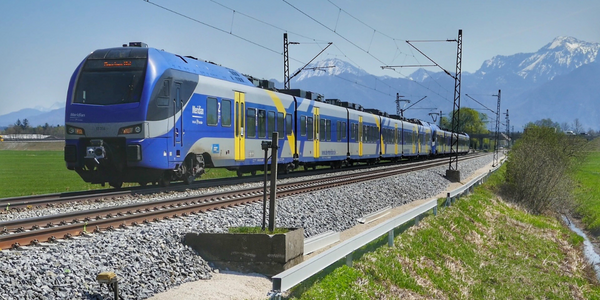
Case Study
Connected Transportation: A Smarter Brain for Your Train with Intel
A modern locomotive, for example, has as many as 200 sensors generating more than a billion data points per second. Vibration sensors surround critical components, video cameras scan the track and cab, while other sensors monitor RPM, power, temperature, the fuel mix, exhaust characteristics, and more.Most of today’s locomotives lack sufficient on-board processing power to make full use of all this data. To make matters worse, the data from different subsystems, such as the brakes, fuel system, and engine, remain separate, stored in isolated “boxes” that prevent unified analysis. The data is available, but the technology needed to process it in the most effective manner is not. As new sensors are added to the machine, the problem escalates.
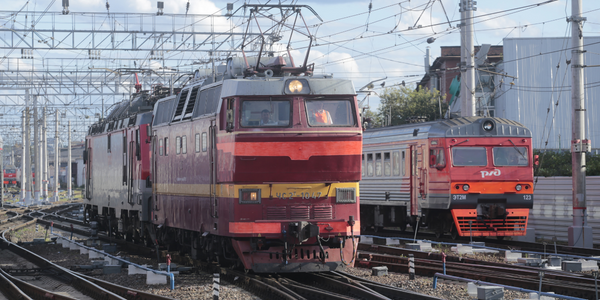
Case Study
Using LonWorks to Keep Acela Trains Zip Along
Canadian transportation company, Bombardier was tasked with building a bullet train system on rails that were designed for lower speed trains. In addition, they had to ensure safe and optimal operation at high speeds, maximize train uptime and enhance communication with passengers.
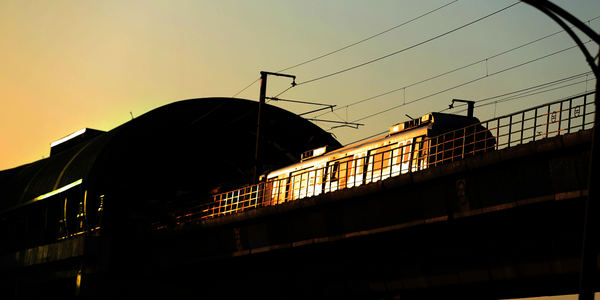
Case Study
Delhi NCR Metro: A Mobile App Revolutionizing Public Transportation
The Delhi NCR Metro, a major public transportation system in India, was facing a challenge in providing accurate and comprehensive information to its daily commuters and tourists. The lack of a centralized platform for information about metro station details, train schedules, fare details, parking, elevators, and tourist locations was causing inconvenience to the users. The challenge was to develop a mobile app that could provide all this information accurately and conveniently. The app needed to be equipped with GPS services to help users find the nearest metro and renowned locations. An interactive map was also required to assist travelers who were familiar with the metro lines. The goal was to provide maximum information with minimum input.
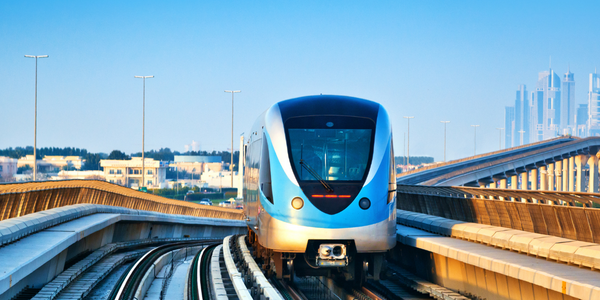
Case Study
Automated Railcar Inspections Increase Security and Revenue
Providing industry and government customers with intelligent inspection, automation, safety, and security solutions, Duos Technologies Group, Inc. (“Duos” or the “Company” - Nasdaq: DUOT) continually pushes the boundaries of IT. To keep pace with expanding AI-enabled data capture analytics for its edge railcar inspections, the company chose the latest Dell EMC PowerEdge servers.Duos Technologies’ challenge was finding a way to leverage technology as a force multiplier to meet customer requirements for a better, faster inspection process for trains running at full speed. Duos developed innovative data analytic solutions with AI at the edge to conduct more reliable railcar inspections, which are available 24/7/365 in all climates and conditions.








